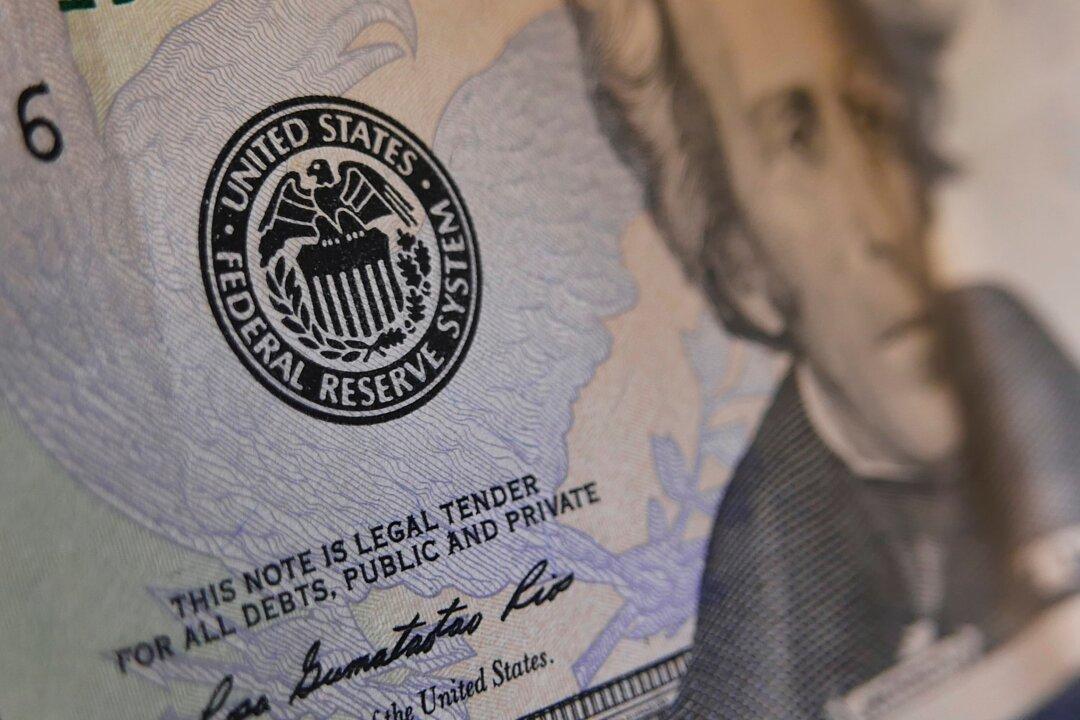While exuberant stock markets dominate the financial headlines after Donald Trump’s election victory, the sell-off in bonds heralds a warning. The Trump win means financial markets have to recalibrate to what looks to be a debt-binging U.S. economy that is expected to grow faster.
Economists say Trump’s fiscal plan could lift growth into the 3–4 percent range. The Federal Reserve’s most recent projections from September had the U.S. economy growing at about 2 percent.
The benchmark 10-year U.S. Treasury bond yield reached an 11-month high. It surged from 1.862 percent on Nov. 8—election evening—to 2.219 percent on Nov. 16. The 2-year bond yield, which is more sensitive to the Fed’s interest rate moves, has been trending higher and is above 1 percent for the first time since January.
A December Federal Reserve rate hike is now virtually a certainty.
Inflation Rising
While details on Trump’s policies are still unknown, the cornerstones of his campaign such as pro-growth policies—including corporate tax cuts and $550 billion in infrastructure spending—and protectionist trade policy, which implies higher tariffs on imports, will push inflation higher.
Different measures of core inflation have already been edging higher for most of 2016 given the ongoing improvement in the labor market.





